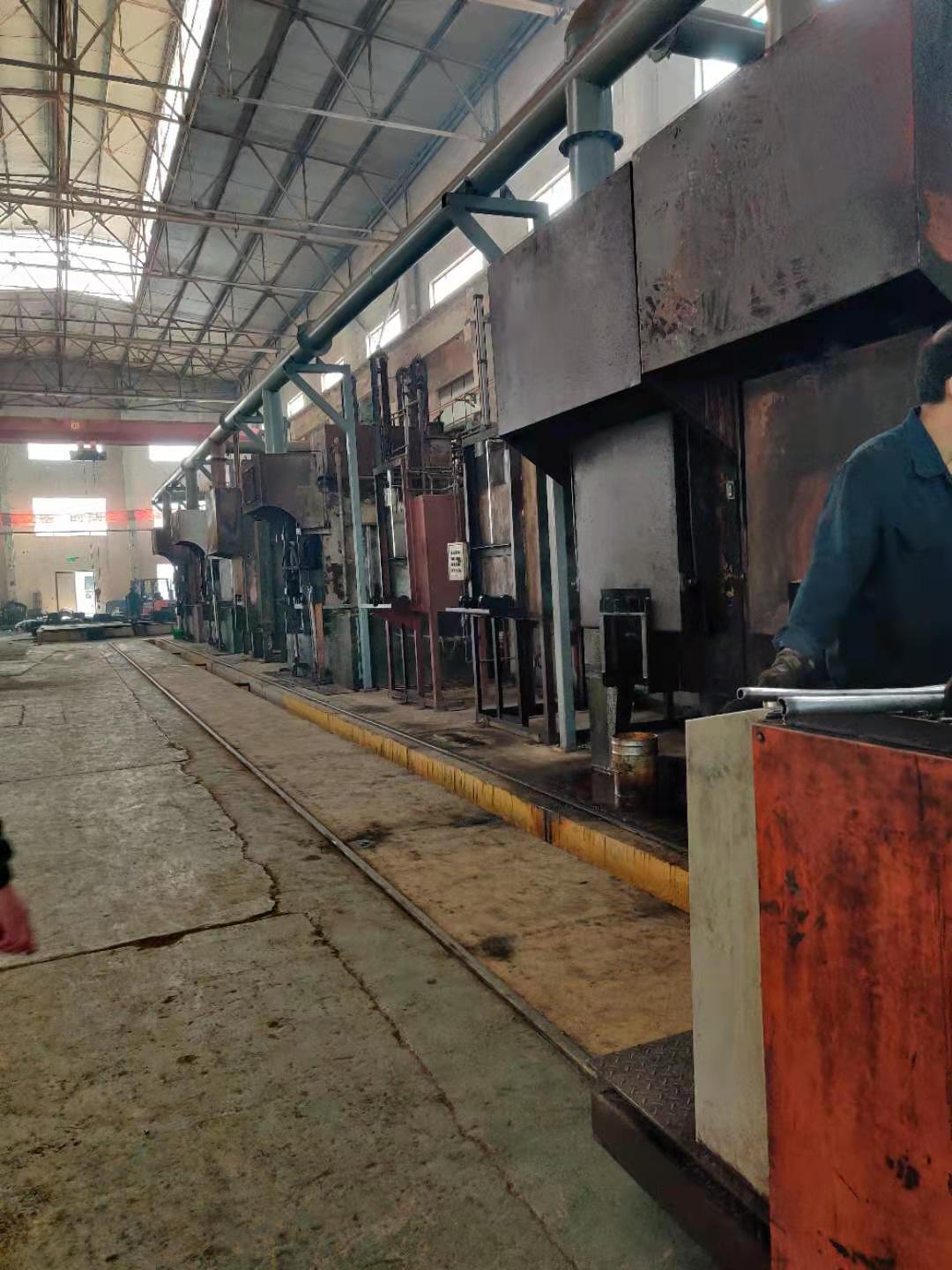High-frequency quenching is mostly used for surface quenching of industrial metal parts. It is a metal heat treatment method that generates a certain induction current on the surface of the workpiece, quickly heats the surface of the part, and then quickly quenches it. Induction heating equipment is a device that performs induction heating on the workpiece for surface quenching. The principle of induction heating: the workpiece is placed in the inductor, which is generally a hollow copper tube that inputs medium-frequency or high-frequency alternating current (1000-300000Hz or higher). The alternating magnetic field generates an induced current of the same frequency in the workpiece. The distribution of this induced current in the workpiece is uneven, strong on the surface, very weak inside, and close to 0 in the core. Using this skin effect, the surface of the workpiece can be quickly heated. The surface temperature rises to 800-1000℃ within a few seconds, while the temperature of the core rises very little.
Selection of induction heating frequency: Select the frequency according to the requirements of heat treatment technology and heating depth. The higher the frequency, the shallower the heating depth.
The depth of high frequency (above 10KHZ) heating is 0.5-2.5mm, which is generally used for heating small and medium-sized parts, such as small-module gears and small and medium-sized shaft parts.
The depth of medium frequency (1~10KHZ) heating is 2-10mm, which is generally used for heating large-diameter shafts and large and medium-module gears.
The depth of industrial frequency (50HZ) heating hardened layer is 10-20mm, which is generally used for heat penetration of larger-sized parts and surface quenching of large-diameter parts (diameter & Oslash: above 300mm, such as rollers, etc.).
The depth of the surface hardened layer of induction heating quenching depends on the frequency of the alternating current. Generally, the higher the frequency, the shallower the heating depth, and the shallower the depth of the hardened layer.
Post time: Aug-30-2024











